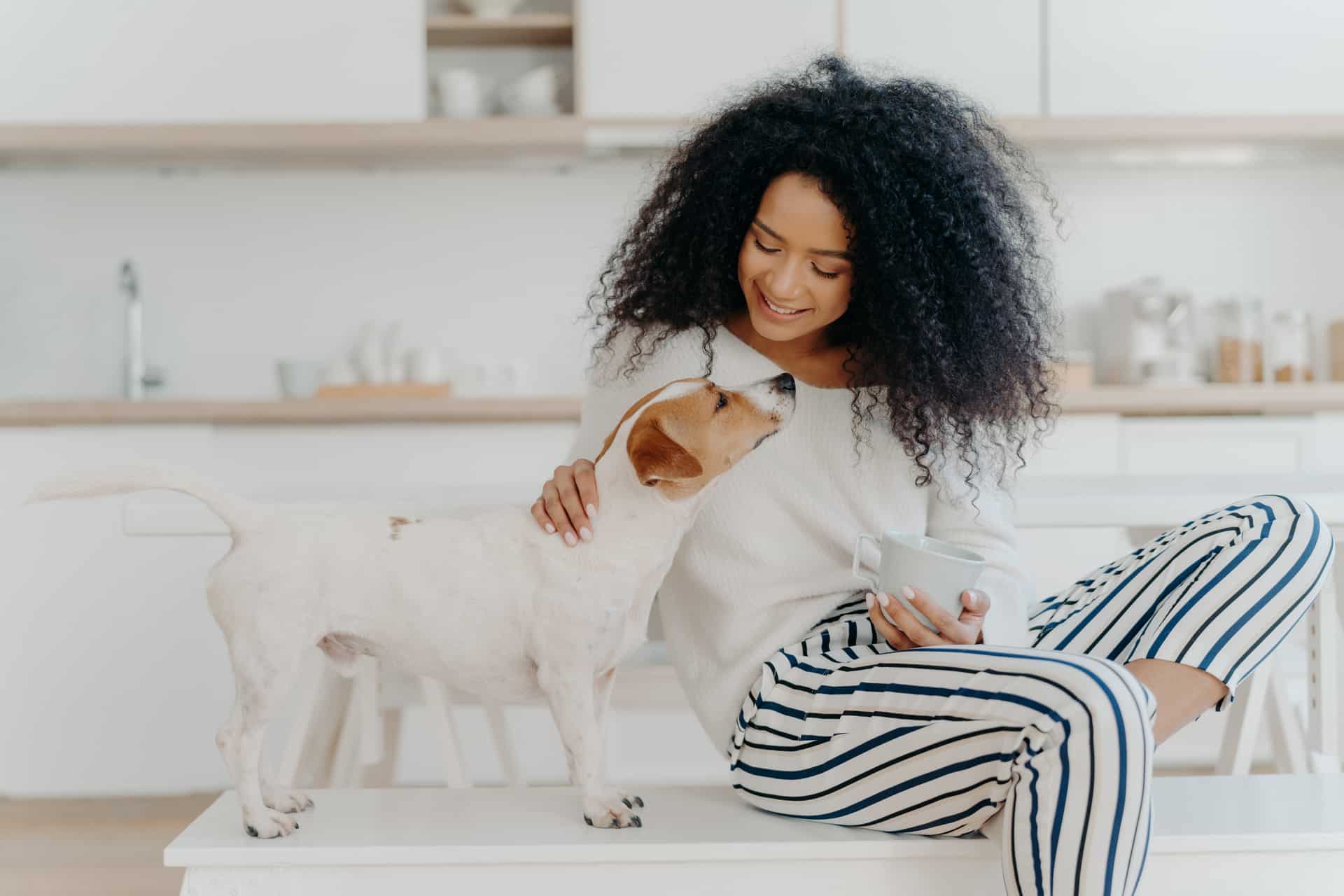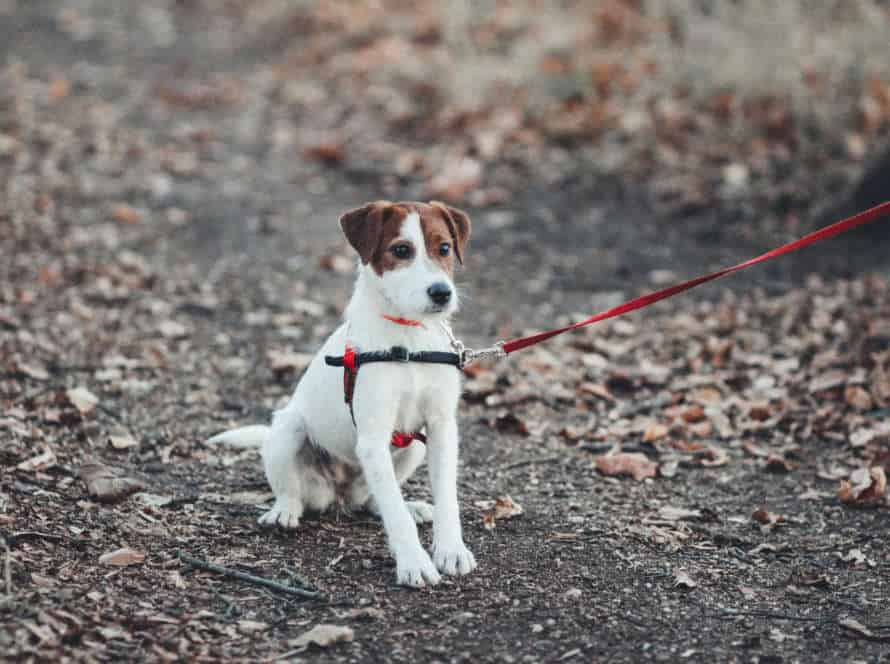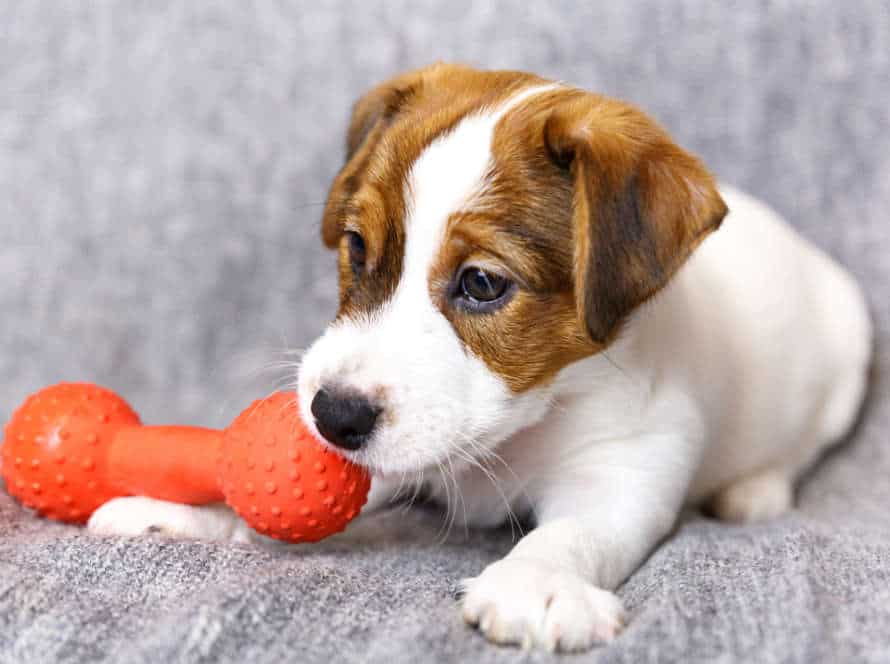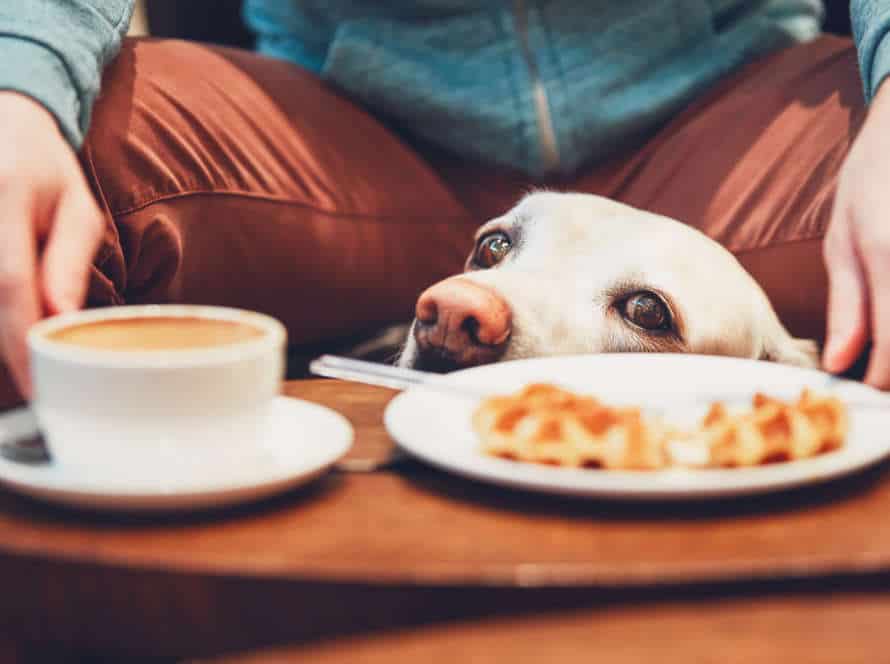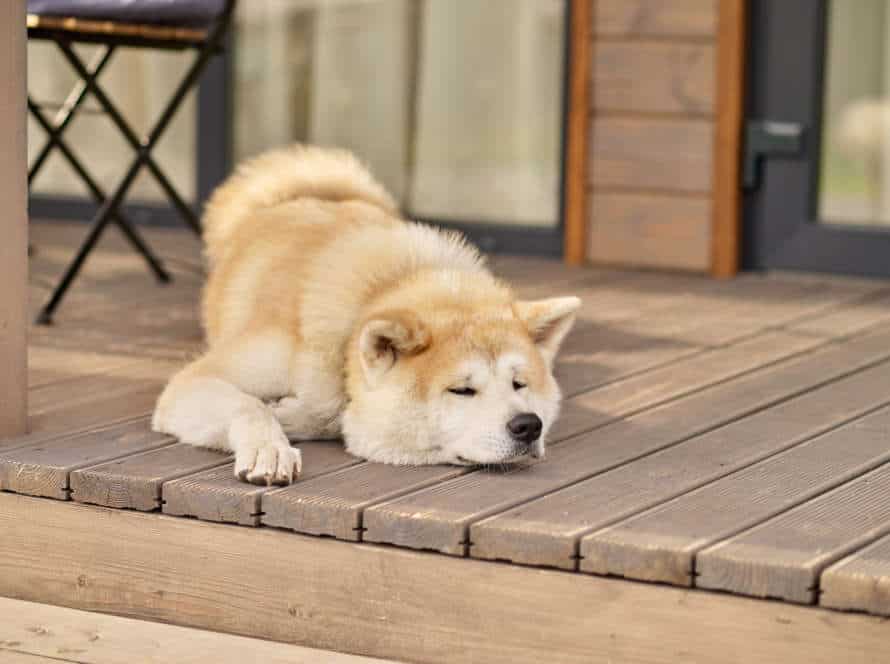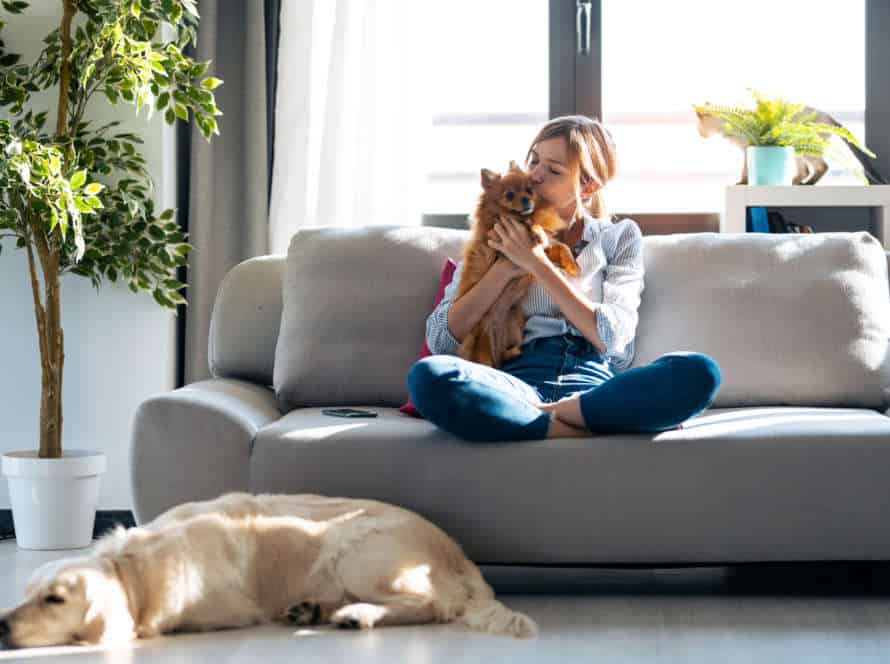Tailoring Your House Training Approach to Your Dog’s Unique Needs
Training a pup can be tricky. Each dog has different needs and styles of learning. To make the process more successful, customize your approach to your pup’s features. Consider breed, age, size, and personality. Pups need frequent potty breaks since they have shorter attention spans. Smaller breeds have tinier bladders, so take them out more often.
Choose between crate, pad, or outdoor training. Be consistent and don’t forget the treats and compliments! With the right changes, house training can be a great experience for you and your pup.
Understanding Your Dog’s Personality and Learning Style
Every pup is special. To house train them, use an approach which suits their individual character and style of learning. To understand your doggo better, watch their behavior and signs. Once you know their traits, craft a strategy that works best for them. Let’s explore further to get to know your pup’s personality and learning style!
Identifying your dog’s personality type
Humans are unique – and so are dogs! Recognizing your pup’s personality type can help you train them better and adjust to their needs. Here are the types:
- Confident: Outgoing, independent. Positive reinforcement works well.
- Timid: Nervous, shy. Need patience and positive reinforcement.
- Aggressive: Hostile, biting, snarling. Steady and patient approach with positive reinforcement.
- Energetic: High activity levels. Playful training and they learn quickly.
- Independent: Self-driven, learn through exploration. Persistent and patient training.
Once you identify your pup’s personality type, you can customize your training methods and approach.
Pro Tip: Knowing your doggo’s personality type can help their wellbeing and strengthen the bond you share.
Identifying your dog’s learning style
Humans aren’t the only ones with unique learning styles – dogs have their own too! To house train them, you need to figure out which style they use. Common ones are:
- Visual Learners: These pups understand visual cues like hand signals or gestures.
- Auditory Learners: They respond to verbal cues and the tone of your voice.
- Tactile Learners: These dogs need physical cues like touch and praise.
By identifying your dog’s learning style, you can adjust your training methods to suit their needs better.
Understanding how breed can affect learning
Different breeds of dogs have different learning abilities and personalities. This impacts how they respond to training. Knowing your dog’s breed aids in tailoring house training to their needs.
For example:
- Retrievers: These pooches are eager to please and love attention, making positive reinforcement training highly effective.
- Beagles: Stubbornness and independence make patience and persistence with positive reinforcement vital.
- Border Collies: Highly intelligent, these dogs react well to various training methods. But, their high energy needs consistent exercise for focus during sessions.
- Chihuahuas: Being nervous and easily stressed, positive reinforcement with patience and gentleness is key.
By customizing house training to a pup’s breed-specific personality and learning style, faster results can be achieved.
A Pro tip: Be patient with your pup and always use positive reinforcement techniques for a happy and well-trained furry friend.
Establishing a House Training Routine
Your dog needs a tailored routine for successful house training. Age, size, and breed all matter. You need to factor in time and effort. Consistency and structure are key. Establish rules your pet can be happy with. This is vital for a successful program.
Establishing a consistent feeding schedule
For successful house-training, a consistent feeding schedule is key. This helps you and your pup get into the habit of regular, timely potty breaks and reduces the chance of accidents. Here’s how to do it:
- Select a feeding time and stick to it. Gradually adjust if you have to.
- Watch your pup’s water intake and adjust the feeding schedule.
- Take them out for potty at the same times each day after meals.
- Reinforce good behavior with treats – this creates a positive connection with potty breaks.
Remember: Consistency and patience are vital. Don’t give up – with practice, you’ll both get the hang of it.
Establishing a consistent potty schedule
Creating a stable potty schedule is essential for house training your pup! Here are some tips to help:
- Identify the times your dog needs to go out – like after eating, playing, or sleeping.
- Take your pup to the same spot in the yard or a designated area on a regular basis.
- Use verbal cues like “go potty” or “do your business” to help them understand what you want.
- Reward them with treats or praise when they go outside.
- Be patient and consistent and adjust the schedule for your pup’s needs. Every dog is different so it may take some trial and error to find the right routine.
Creating a comfortable, designated space for your dog
Creating a comfy and special area for your pup is key for their wellbeing and training success. You should make it personal to your pup’s needs, likes, and behavior. Here’s how to make a comfy space for your pup:
- Find a quiet, low-traffic spot in your house. This will be their bed, crate, or toy zone.
- Make sure the area is secure, clean, and has good air flow, light, and temperature.
- Add items like their bed, toys, treats, and blankets. These will make them feel at home.
- Create a routine around the area. This includes feeding, potty breaks, and training.
Tailoring your house training to your pup’s needs is essential. Consider their breed, age, temperament, and experience while creating your house training routine.
For instance, puppies and senior dogs may need more potty breaks and active dogs may need more exercise and stimulation.
Pay attention to your pup’s reactions and adjust your training accordingly.
Pro Tip: Provide your pup a comfy and designated space, and tailor your training to their needs. This will lead to a better bond, great behavior, and a happy pup!
Training Techniques Based on Personality and Learning Style
Understand that each pup is unique! That’s why it’s key to adjust house training based on your dog’s personality and learning style. What techniques work best? Let’s find out. Here are some tips to help you optimize your house training approach:
Positive Reinforcement Techniques for Highly Trainable Dogs
Positive reinforcement techniques are the most powerful way to train smart dogs. Customize your approach to suit your pup’s specific personality and learning style. Get these ideas on how to use positive reinforcement:
- Figure out your doggo’s preferred reward – treat, toy, or praise.
- Consistently and instantly give rewards for good behaviour.
- Use a consistent marker or clicker to mark the desirable behaviour.
- Be patient and consistent when training, notably with slower learners.
- Don’t punish or use negative reinforcement, it can hurt your pup’s emotions.
- Modify your training to your dog’s unique personality and learning style. This will motivate them to learn and improve their behaviour.
Treat-Based Training for More Independent Dogs
Treat-Based training can aid in making your pup independent, yet still keep the teaching process simple and efficient. You must tailor the techniques to your doggo’s character and learning style for best results in housebreaking. Here are some vital points to take into consideration:
- Identify your canine companion’s learning style to make sure they are engaged in the best way.
- Utilise a reward or treat of high value to motivate them during the training.
- Set up precise goals and routines to form independent habits in your dog’s daily activities.
- Give rewards and reinforce successful completion of tasks to develop the desired behavior.
- Always keep the training sessions brief and frequent to maintain your pup’s interest and attention.
Clicker Training for More Active Dogs
Clicker training is a great way to teach active dogs. It’s essential to think about your pup’s character and how they learn. Here are some tips:
- Work out your dog’s personality traits and which sort of learning works for them.
- Work out a program for your dog. This could be obedience, agility or behavior change.
- Encourage the desired behavior with treats or toys.
- Be consistent when teaching them and stick to commands.
Pro Tip: Regular clicker training strengthens your relationship and helps you communicate better.
Troubleshooting House Training Challenges
House training your pup may be tough. But it’s important for both of you for the future. It can be hard to determine what your pooch needs. So, tailor your house training to fit their individual needs. That will help them learn household rules fast. Let’s explore further!
Addressing Indoor Accidents
Pet owners often experience indoor accidents when training their dogs. To tackle these challenges, you must adjust your strategy to your pup’s needs. Here are a few tips:
- Supervision: Watch your dog carefully and limit their access to places where they may have an accident.
- Timetable: Make a regular feeding and potty schedule to help your dog understand when to go outside.
- Praise: Reward your dog for going outside and praise them for good behavior.
- Medical help: If your pup’s accidents keep happening, it could be caused by a medical issue like a UTI. See your vet.
By adjusting to your pup’s needs, you can effectively house train them. Pro-tip: Consistency is essential in training your pup. Stick to a routine and be patient – this will help them form good habits.
Addressing Outdoor Distractions
House training your pup can be tough with distractions outdoors. But, there are ways to make it better. Start by training in a quiet area. Then, add more noise like other pets, passing cars, or loud music. Plus, reward your dog when they focus. Lastly, figure out when your pup is most attentive and train at that time. Doing these things can help your pup’s house training be a success.
Addressing Separation Anxiety and Loss of Control
Tackle house training challenges by addressing separation anxiety and loss of control. Separation anxiety can occur when there’s a sudden change in routine or environment. This leads to barking, chewing, or house soiling. Establish a consistent routine and provide a safe space for your pup. Gradually increase how long they’re alone to build confidence. Loss of control is often caused by improper training or medical issues. Train consistently and use positive reinforcement. Schedule regular potty breaks and check their water and food intake.
Maintaining a Consistent Routine
Having consistency and a routine is essential to house train your pup. Show them what you expect with clear cues. This is especially important for house training. Keeping the routine regular is key to helping your pup understand what you want.
Maintaining Consistent Training
Consistent training is key for your pup’s success in learning new behavior and tricks. Personalizing your approach to fit their needs will help create a routine that won’t overload them with info. Here are some tips for more effective training:
- Set a consistent plan: Train at the same time each day so they know when to expect it.
- Keep it short: Frequent short sessions work better than long ones that tire them out.
- Use positive reinforcement: Treats or verbal praise will be more successful than punishment.
- Set clear limits: Consistency with their behavior will let them know what’s expected.
- Change up tactics: If they don’t seem to understand, try a different teaching method.
Always remember, dogs learn at their own pace. Be patient and consistent for the best results! #ProTip: Finish with a positive note and let them know you’re pleased with their progress.
Keeping a Regular Schedule
It’s key to keep a regular routine when house training your pup. This will help them make good habits and avoid accidents. Here’s some advice:
- Create a feeding schedule: Feed your pup the same time daily, before taking them out for potty.
- Set up a potty routine: Take them to the same spot every time to link it with potty time.
- Keep track of bowel movements: Note down your pup’s poos to predict when they need to go in future.
- Stick to the schedule: Do your best to keep to the schedule to help your pup develop a routine and make progress.
- Remember: Every pup is different, so tailor your method to their needs and preferences.
Pro Tip: House training may take time and patience, but with a consistent plan and positive encouragement, your pup will learn good habits and have more freedom and joy in the home.
Identifying and Addressing Setbacks
Keep a steady schedule, while tailoring your house training to suit your pup’s particular needs. Identifying and facing up to any setbacks is vital. Here are some techniques to help:
- Monitor your dog’s behavior and body language. Look for whining, scratching at doors, or pacing.
- Change the routine and training to fit your dog’s needs. If they struggle to hold their bladder, take them out for more regular potty breaks.
- Reward good behavior with positive reinforcement.
- Be patient and stay consistent in your training. Don’t be too hard on yourself or your dog if there are any setbacks. Challenges are normal and you and your pup will get through them.
Pro tip: To avoid setbacks, start off with a reliable routine and stay persistent!
Frequently Asked Questions
Q: How do I know what type of house training approach is best for my dog?
A: The best approach for house training your dog depends on their age, breed, temperament, and previous experiences. Consult with a professional trainer or behaviorist to determine the most effective approach for your unique dog.
Q: What are some signs my dog isn’t responding well to my current house training approach?
A: Signs that your dog may be struggling with house training can include frequent accidents, avoiding going outside, or seeming anxious or stressed during potty breaks. Pay attention to your dog’s behavior and make adjustments as needed.
Q: Is punishment an effective way to correct house training issues?
A: No, punishment is not an effective way to correct house training issues. This can cause fear, anxiety, and even aggression in your dog. Positive reinforcement, praise, and consistency are key components of effective house training.
Q: Can I train my adult dog to be house trained if they were not trained as a puppy?
A: Yes, it is possible to train an adult dog to be house trained even if they were not trained as a puppy. It may take more time, patience, and consistency, but it is possible. Consult with a professional trainer or behaviorist for guidance.
Q: How long does it typically take for a dog to be fully house trained?
A: The amount of time it takes for a dog to be fully house trained varies depending on the dog’s age, breed, temperament, and previous experiences. It can take anywhere from a few weeks to several months. Consistency, patience and positive reinforcement will go a long way in the process.
Q: Should I use pee pads when house training my dog?
A: Using pee pads is a personal preference when it comes to house training. However, it is important to remember that it may confuse your dog and make it more difficult for them to understand where they are supposed to go potty. Avoiding the use of pee pads altogether may be more beneficial in the long run.

